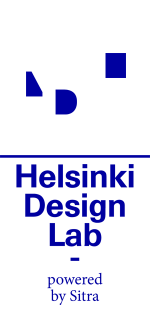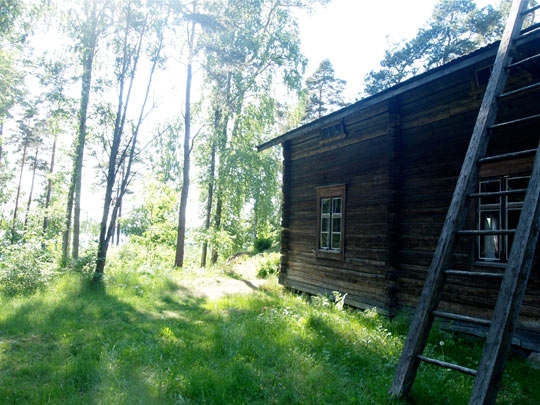
Summer on Seurasaari
Helsinki is now basking in full summer, with a couple of days touching 30 degrees this week. The city is glorious like this, with every inch of street, park and pavement full of life, and islands like Seurasaari become impossibly appealing places to spend a Sunday afternoon. Like opposing points of a compass, Helsinki can be differently beautiful in hot sun/midsummer and deep snow/midwinter—it's the bits in between we have to work on.
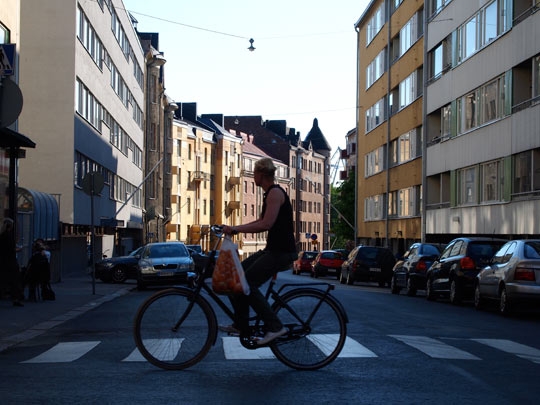
Or work in, perhaps. We are all horribly aware of the month-long summer holiday slowly approaching, in much the same way that Christmas creeps up on British workers. Both are looked forward to, of course, but both compress time either on either side, leading to an increasingly frenetic rush of meetings and proposals.
This week is no exception. Personally, my work on Low2No is beginning to pick up pace, meaning meetings with various people inside and outside Sitra—including a chance to catch up with our partner Irene Cassarino from Experientia, and researcher Tiona Zozul from Harvard Business School—as well as making the most of Justin being in town. Both Justin and Marco were heavily focused on Low2No this week, though also helped guide our other various project ideas into our other various programmes, before Marco disappeared for a well-earned week of R&R in southern Italy and Justin took off to hold the fort back in Boston.
Bryan knocked off some significant milestones in completing the first in what will hopefully be a series of HDL books, exploring the process and potential of strategic design in this context. More to follow on all this, when the time is right.
A couple of weeks ago, I wrote an article about Helsinki for my old employer Monocle magazine (see forthcoming July/August edition on liveable cities) and in doing so I spoke with both Mayor Jussi Pajunen, and the City's project manager for their 'food culture strategy', Ville Relander. Both emphasised how the City's burgeoning food scene has become a weathervane of the changing Helsinki, and perhaps Finland, which has also played to our own interests in food as an area of potential systemic change with regards to sustainable well-being—at least when food is viewed as a deeply cultural and complex field of interdependent networks and supply chains, which affects everyone and all places, one way or another.

Justin and Dan meet Ville Relander.
So on Wednesday, Bryan, Justin and I went to visit Ville up at his temporary HQ, the city's old wholesale markets amidst the urban regeneration of the Kalasatama area. The markets are a core part of the city's food culture strategy, with the idea that they become a social space as well as a place to source ingredients, perhaps akin to London's Borough Market, Melbourne's Queen Victoria Market or Barcelona's Mercat Santa Catarina, but refracted through the prism of Nordic cuisine and public space.

Sikasirkus, or 'pig circus'
The main slaughterhouse building is an incredible asset, with a sturdy yet elegant, long low form that is perfect for re-appropriation, and some horrifying/appealing features such as the sikasirkus (yes, that translates to 'pig circus') for transporting pig carcasses through the building. The place still smells fairly porky, but has huge potential.
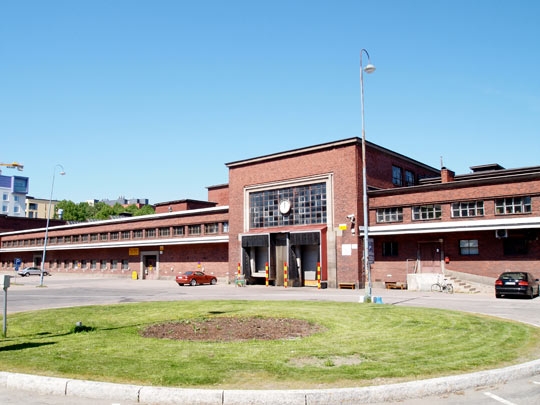
Wholesale market at Kalasatama.
Ville is clearly an asset too, of a very different kind, and he spoke with enthusiasm and insight about the City's approach to food. The City of Helsinki has significant impact on the food business, not least due to the fact that tens of thousands of hot meals are served every day in the City's kindergartens (päiväkoti in Finnish)—where most kids go to pre-school—and so its aspiration to make half of this kindergarten food organic by 2015 could impact positively on supply chains across the region.
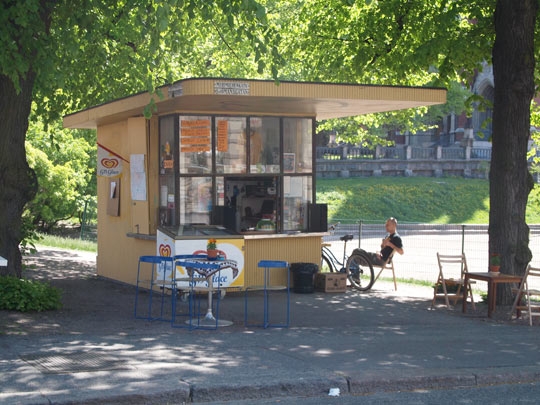
But the City can equally impact the street and its food too. As noted previously, we're researching this area very closely—currently, The Saga of the Camionette, and What It Means for Helsinki. Watch that space.
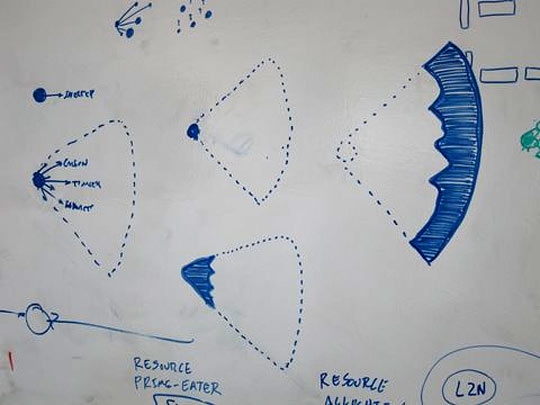
Sketching systems.
This also means we're diagramming furiously of course, both for the aforementioned book and also generally, trying to find ways of suggesting a strategic design approach that connects 'the päiväkoti and the camionette'.
Which leads me to a brief note on whiteboards (to follow up our previous on Post-its). Given our rhetoric around 'designing the conditions' around systems, it's only right that we look at our own working environment from time to time. And this last week's iCloud announcement from Apple, combined with our ongoing fascination with services like Square, had Bryan and I trading ideas back and forth, not just about new public and private services made possible by such advances, but also our own workspace.
Accordingly, we've been developing our internal 'knowledge management' systems (hacking together Tumblr, Dropbox, Basecamp, Twitter, Facebook and various other more bespoke systems), the hardware we use (including gearing up for more video, perhaps saving you reading all these words every week), and conjuring up entirely new approaches to sketching and scheduling on our floor-to-ceiling whiteboards.
It's interesting how bespoke this all is—how workflows, tools and culture are hardwired into the particularities of teams and places—and that despite attempts to systemise this, bespoke feels right.
Anyway, if the whiteboard system works for more than a few weeks, we promise a full exposé at a later date. If it doesn't, forget I ever mentioned it.
